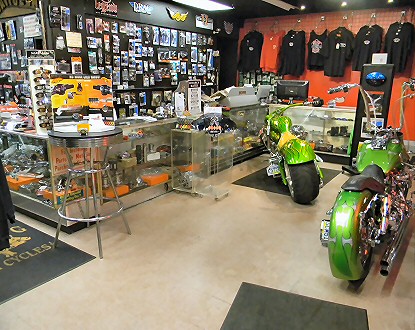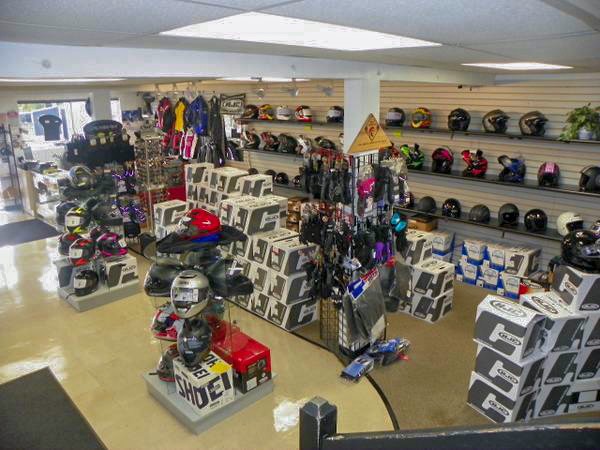Leading MX Gear NZ: Get Ready for Your Next Off-Road Adventure
A Thorough Look at Motorcycle Components: What Every Rider Should Know
An extensive understanding of motorbike components is not simply useful but crucial for any kind of motorcyclist intending to make best use of performance and safety and security. Each part, from the engine's detailed workings to the reliability of brake systems, plays a pivotal role in the total experience and functionality of the bike. Nevertheless, beyond feeling in one's bones what these components do, it is necessary to value how they sustain and communicate one another. This interconnectedness can make the difference between a smooth adventure and unanticipated issues. What details exist within this mechanical harmony that every motorcyclist should understand?
Understanding the Engine
The engine, usually considered the heart of a bike, is an intricate assembly of elements that operate in consistency to transform fuel right into activity. At its core, the engine's primary function includes the burning procedure, where air and fuel mix and spark within the cyndrical tubes, causing regulated explosions that drive the pistons. These pistons go up and down, transforming chemical energy right into mechanical power, which consequently turns the crankshaft, ultimately powering the bike.

Recognizing the ins and outs of a motorcycle engine is essential for lovers and motorcyclists alike. It not just offers insight right into just how bikes achieve their impressive power and rate but also aids in effective upkeep and troubleshooting, making certain longevity and dependability when traveling.
Suspension Solutions
While the engine powers the motorbike, the suspension system plays a vital function in guaranteeing a controlled and smooth ride. The shock absorber is accountable for absorbing shocks from the road surface area, preserving tire contact, and supplying stability during cornering and braking. It consists of 2 primary components: the front forks and the rear shock absorbers.
Front forks are normally telescopic, having a spring and moistening mechanism. The springtime extends and compresses to take in bumps, while the dampening mechanism controls the movement to prevent excessive jumping. This combination makes certain the front wheel stays in contact with the road, providing premium handling and convenience.
The back suspension, normally a monoshock or twin-shock setup, works similarly to the front suspension yet is customized to sustain the motorbike's weight and cyclist - moto parts nz. It takes care of back wheel movement, adding to the bike's general equilibrium and responsiveness
Suspension systems can be flexible, enabling motorcyclists to make improvements preload, compression, and rebound setups according to personal preferences and riding conditions. This adjustability boosts efficiency by enhancing the motorbike's interaction with diverse terrains. In recap, a reliable suspension system is essential for motorcyclist convenience, safety, and the bike's taking care of prowess.
Brake Parts
Quiting power is a fundamental element of motorcycle safety and security, and it pivots on the performance of the brake parts. The main elements of a motorcycle's stopping system consist of the brake pads, calipers, blades, and master cyndrical tube. motocross parts nz. Each of these parts plays a crucial function in guaranteeing effective stopping efficiency
Brake pads are important as they develop the required rubbing versus the blades to reduce or stop the motorbike. Built from materials such as sintered steel or organic composites, the choice of brake pad material considerably impacts performance and longevity. Calipers, housing the brake pads, apply stress to the pads when the brake lever is engaged, helping with contact with the rotors.
The blades, normally made from stainless steel or cast iron, are installed to the wheels and function as the surface check out here area against which the brake pads press. Their style, including size and thickness, affects warmth dissipation and quiting power. The master cylinder, connected to the brake bar, generates hydraulic stress sent with brake lines to the calipers, ensuring constant stopping pressure.
Regular maintenance and examination of these elements are important for optimal efficiency, preventing wear and guaranteeing rider security on the road.
Tire Fundamentals
Beyond maintaining durable stopping systems, ensuring ideal tire efficiency is equally considerable for motorbike safety and effectiveness. Tires are the single contact point in between the roadway and the motorbike, making their problem pivotal in taking care of, security, and overall experience top quality.

Inspect the sidewall for the DOT (Division of Transportation) code to ascertain the tire's age. Spending attention in these tire fundamentals not only optimizes efficiency but also substantially improves riding security.
Electric Equipments
In the realm of motorcycle upkeep, the electric system plays an important duty in guaranteeing trusted efficiency and cyclist safety and security. This detailed network encompasses important elements such as the battery, alternator, starter motor, and wiring harness. Each aspect is important for the seamless operation of the motorcycle, from ignition to illumination and communication with different sensing units.
The battery works as the heart of the electrical system, providing the required power to begin the engine and operate devices. Frequently checking the battery's voltage and terminals for corrosion is crucial to avoid unexpected failings. The generator, on the various other hand, charges the battery while the engine is running, ensuring a continuous power supply.
To keep her explanation it, riders need to pay interest to any kind of unusual noises or problems throughout start-up. Guaranteeing that the wires are undamaged and free from damages is necessary for ensuring and avoiding brief circuits capability.
Conclusion

Stopping Visit This Link power is a basic aspect of bike safety, and it pivots on the effectiveness of the brake elements. The primary elements of a bike's stopping system include the brake pads, calipers, rotors, and master cylinder.Brake pads are essential as they produce the needed rubbing against the rotors to reduce down or stop the motorbike.Beyond maintaining robust braking systems, ensuring ideal tire efficiency is similarly significant for motorcycle safety and security and efficiency.In the world of motorcycle maintenance, the electric system plays a vital duty in making sure reliable performance and cyclist security.